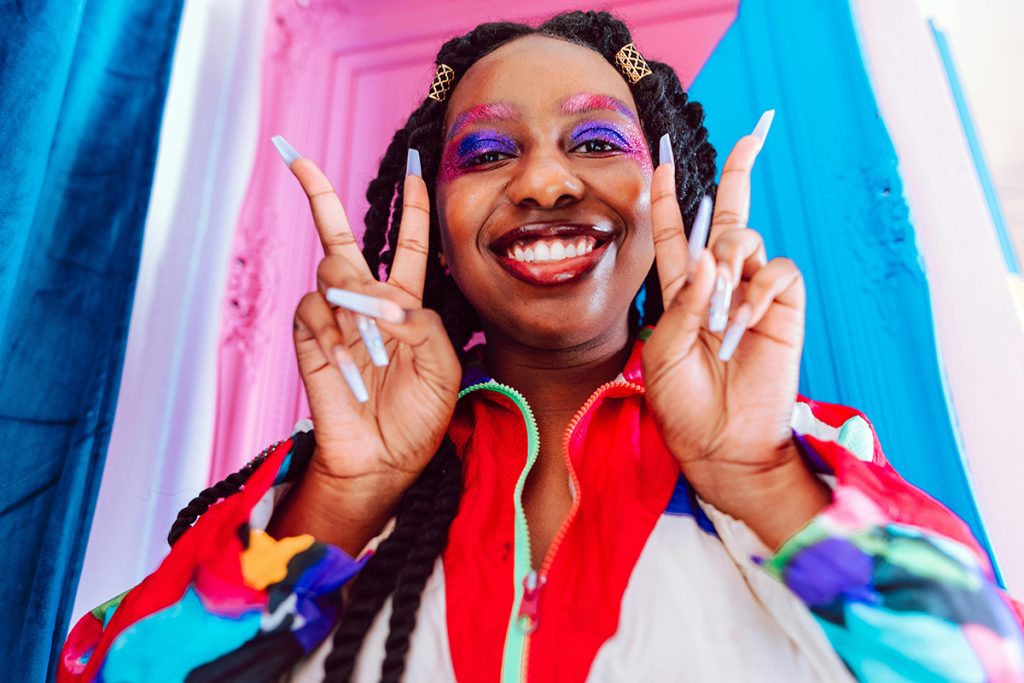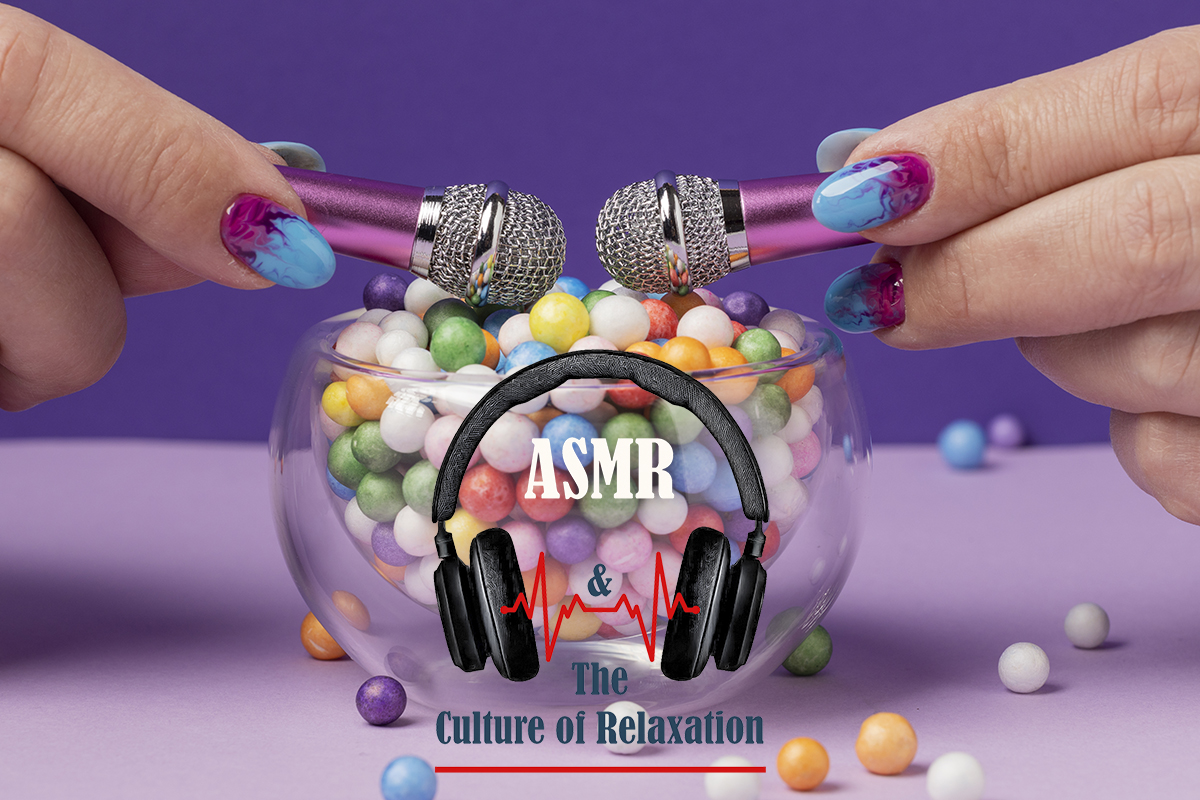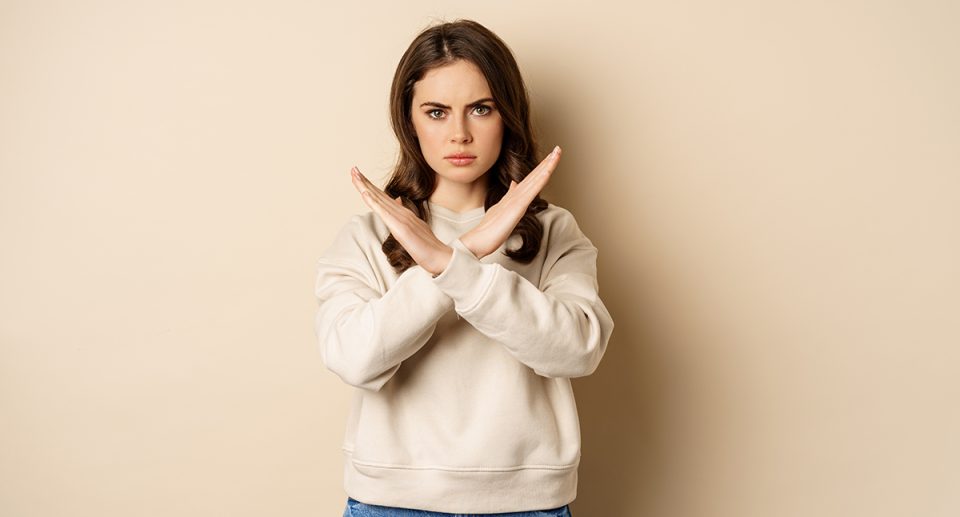Why following fashion trends is essential in our visually driven culture
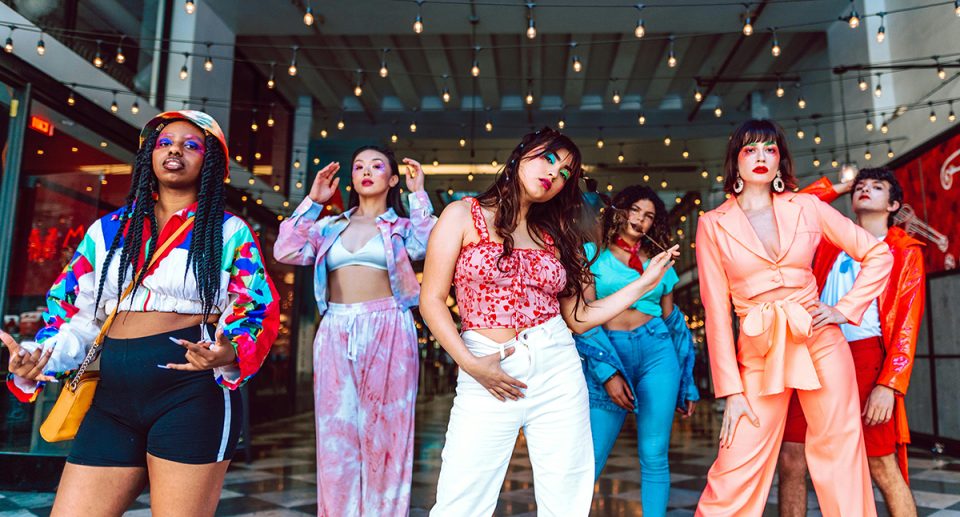
Fashion trends are well-known for their transitory nature, compelling the industry to introduce fresh collections every six months that reflect evolving color schemes, styles, and fabrics in line with the seasons.
While fashion trend cycles traditionally spanned longer durations, embodying overarching themes for months or even years, the pace of trend turnover has accelerated in today’s contemporary landscape across various industries.
The State of Fashion 2024 report by a renowned analytical firm indicates a significant surge in clothing and footwear consumption, projected to increase by over 60% from 62 million tonnes in 2019 to 102 million tonnes by 2030.
This rapid fashion trend rotation poses environmental and societal challenges. Fortunately, a solution is on the horizon. Before delving into potential remedies, it’s crucial to examine the factors that have led us to this point.
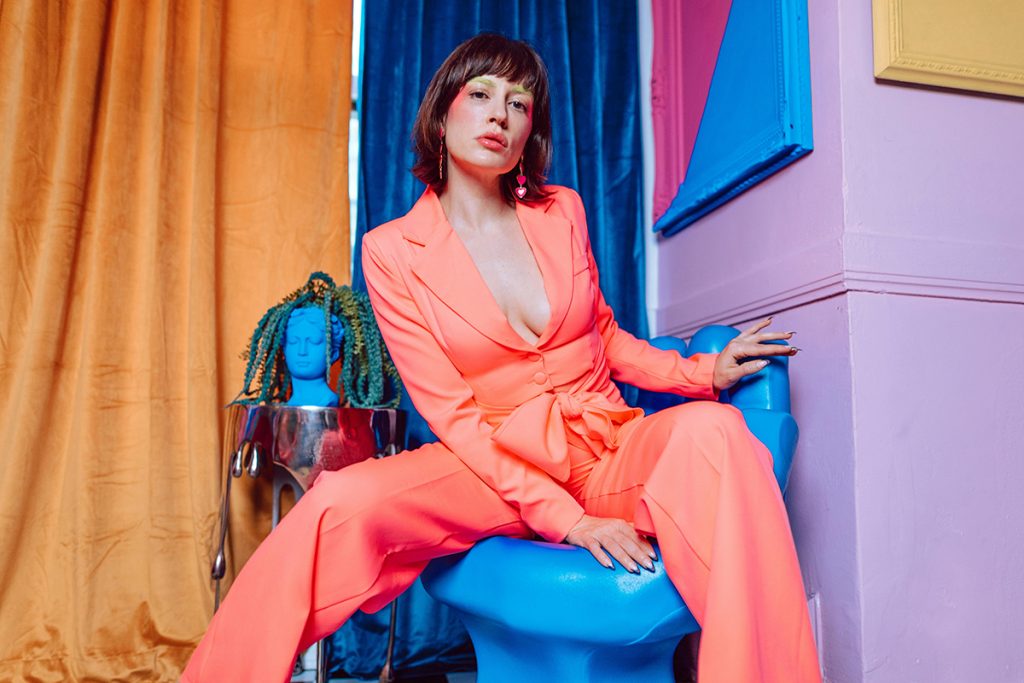
The allure of trends lies in our innate attraction to novelty
A famous expert in cognitive psychology and fashion business consulting, underscores that trends represent the prevailing direction of change or development. In the fashion domain, trends typically stem from influential designers and their runway presentations during fashion weeks, shaping retail offerings and consumer preferences. The adoption of these trends varies among different demographic segments.
Highlighting the multitude of current fashion trends as we enter the autumn/winter season, Net-a-Porter reveals significant spikes in searches for ‘boho’ by 211%, ‘burgundy’ by 223%, ‘yellow dress’ by 659%, and ‘suede jacket’ by 129% over the past three months.
The allure of trends lies in our innate attraction to novelty. Trends offer a refreshing change from the familiar, injecting excitement into our style choices and propelling the swift dissemination of fashion trends.
Additionally, she points out that fashion serves as a means to express group affiliation, fostering a sense of belonging and acceptance. However, the quest for status through appearance, fueled by constant social comparisons in today’s globalized world, plays a significant role in trend adoption.
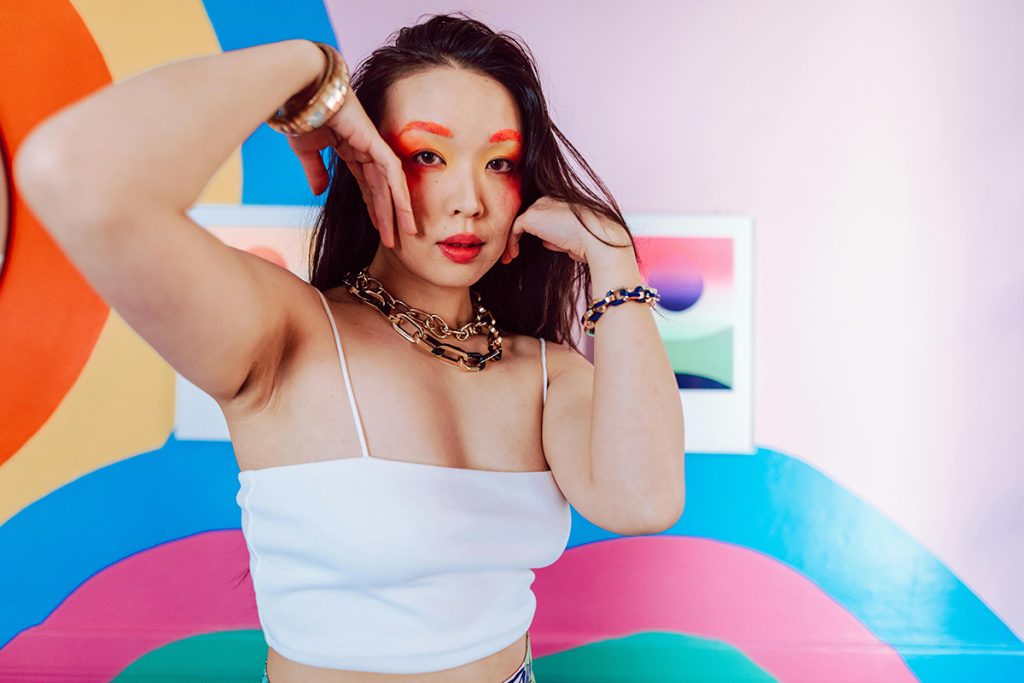
Individuals are increasingly drawn to fashion trends
Driven by the pervasive influence of social media, which intensifies social comparison and instant gratification, individuals are increasingly drawn to fashion trends. The relentless pace of digital content perpetuates a cycle of trend adoption as people strive to maintain relevance in a digitally connected, visually driven society, surpassing the already rapid turnover of traditional trend cycles.
In addition to fashion runways traditionally dictating trends, a new wave of trendsetters including content creators, fashion enthusiasts, and social media influencers are now shaping what’s known as ‘micro-trends’.
Examples include the recent surge in popularity of ‘tomato girl’, ‘garden girl’, and floral-printed tees. This trend democratization is viewed positively, as it broadens the reach of trend influence to a more diverse audience.
A TikTok Shop representative highlights the platform’s inclusive nature, stating that TikTok hosts a wide array of trends catering to various styles, allowing individuals to connect with like-minded communities and embrace fashion trends that resonate with them.
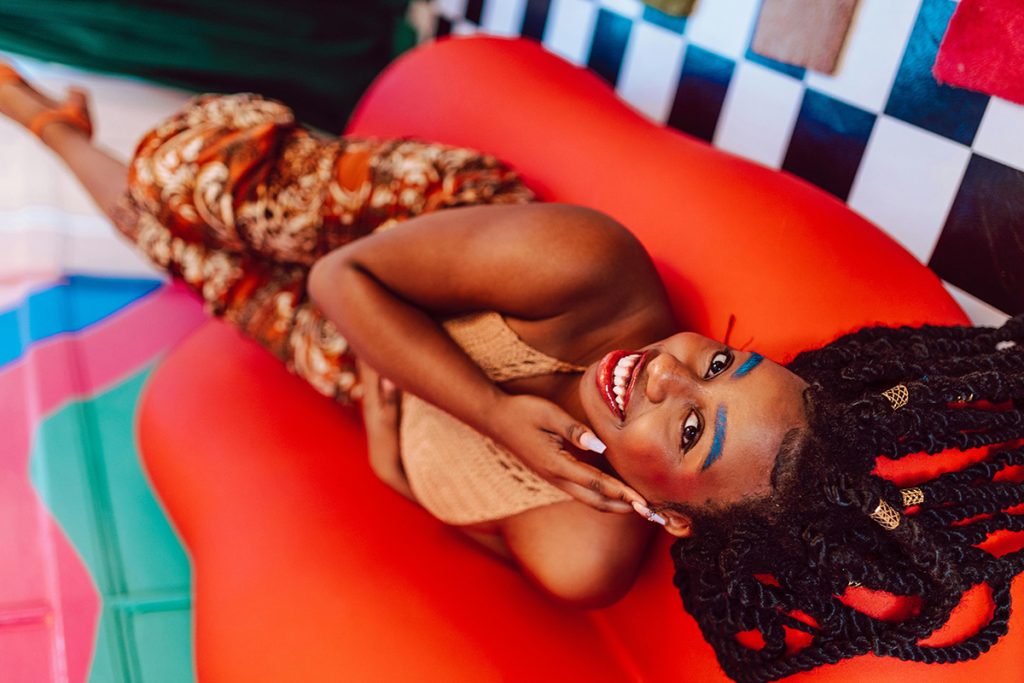
A significant shift in fashion trends is imminent
However, the influx of new fashion trends often leads to the introduction of new products, contributing to environmental strain. The State of Fashion 2024 report notes that swift trend turnover often results in the production of inexpensive items that are quickly discarded, citing brands like Shein and Temu.
Nevertheless, a significant shift in business models is imminent. Despite increasing discourse on sustainability, the fashion industry is approaching a critical juncture, with regulatory bodies such as the EU proposing stringent measures to promote sustainability and circularity in textiles production.
This regulatory intervention signals a potential transformation in the fashion landscape, prompting a reevaluation of current trend cycles. Embracing fashion trends in a more sustainable manner entails shifting focus from acquiring new items to exploring innovative ways to style existing wardrobe pieces.
Platforms like TikTok offer abundant inspiration for such endeavors. Ultimately, it may be time to reassess our perpetual pursuit of novelty and consider more mindful approaches to trend consumption.
